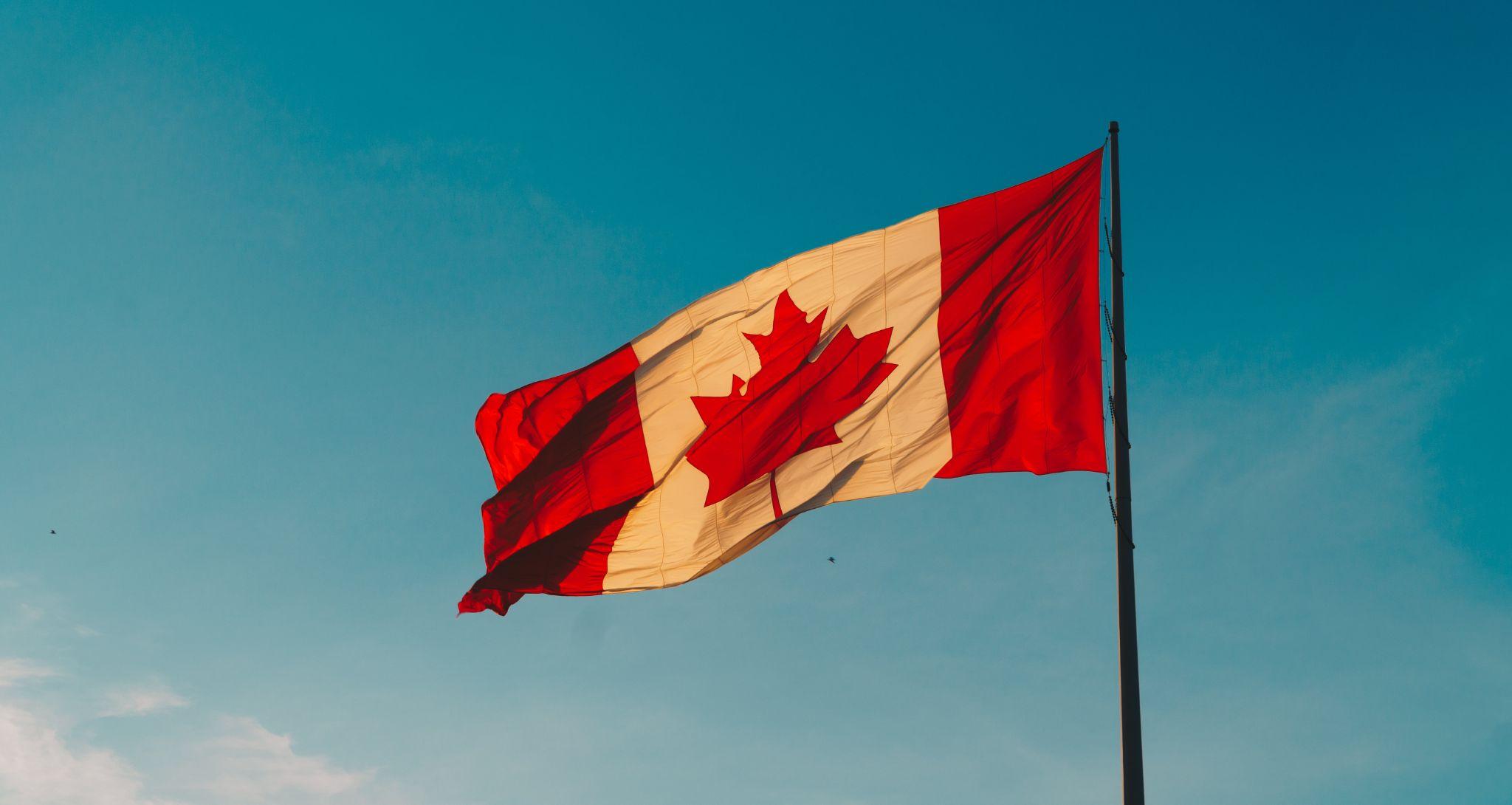Canada
Canada’s appeal as an immigration destination has been increasing over the past two decades, with a total of 284,387 people immigrating to the country Between July 1, 2019, and June 30, 2020. (Source – Statista)
In 2020, 36,125 sponsored spouses or partners and 2,480 sponsored children became permanent residents in Canada. (Source – Statista)

What is Family Sponsorship?
The Family Class Sponsorship Program allows adult citizens or permanent residents to sponsor a relative for immigration to Canada, reuniting families. Unless the person being sponsored is legally residing in Canada, such as with a work or study permit, the person being sponsored must live outside of Canada.
A sponsor must be at least 18 years old and a citizen or a person registered in Canada as an Indian under the Canadian Indian Act or permanent resident of Canada. Unless the sponsor is a Canadian citizen who is currently residing abroad and intends to return to Canada once the sponsored individual arrives, the sponsor must live in Canada.
For Family Class applications, the Canadian government mandates payment of sponsorship and application processing fees. In addition, every sponsored relative who is not a dependent child must pay a “Right of Permanent Residence Fee”; this is the sole fee that will be refunded if the application is withdrawn or denied.
How does Family Sponsorship for Canada work?
A Canadian citizen or a person registered in Canada as an Indian under the Canadian Indian Act or a permanent resident of Canada, aged 18 or older, can sponsor certain family members to become Canadian permanent residents via the family sponsorship programs.
Those family members can live, study, and work in Canada with permanent residence.
Who Can I Sponsor
- Spouse
- Common-Law Partner
- Conjugal Partner
- Dependent Children
- Parents
- Grandparents
- Brothers or sisters, nephews or nieces, granddaughters or grandsons who are orphaned, under 18 years of age, and not married or in a common-law relationship
- Accompanying relatives of the above main applicants (for example, spouse, partner or dependent children).
- One relative, related to sponsor by blood or adoption, of any age, if the Canadian sponsor does not have a living relative who can be sponsored instead and you (the Canadian sponsor) do not have a relative who is a Canadian citizen or permanent resident or a person registered in Canada.
Who Cannot Be Sponsored<
Other relatives, such as brothers and sisters over 18 and independent children over 22 cannot be sponsored except in exceptional circumstances. However, if they apply to immigrate under Express Entry they may get extra points for adaptability for having a parent in Canada.
Financial Support
To be a sponsor:
- You and the sponsored relative must sign a sponsorship agreement in which you agree to support your relative financially.
- From the date they become a permanent resident, you must offer financial assistance for a spouse, common-law partner, or conjugal partner for three years.
- You must assist a dependent child financially for ten years or until the child reaches the age of 25, whichever comes first.
United States (US)
In fiscal 2019, nearly 710,000 people received lawful permanent residence in the U.S. through family sponsorship.
Family sponsorship is the most popular route for people to obtain green cards, accounting for almost two-thirds of the over one million people who receive green cards each year in recent years.

How does Family sponsorship for the US work?
Individuals in the United States can sponsor their family members to immigrate to the United States through Family-Based Sponsorships. The Immigration and Nationality Act permits foreigners to immigrate to the United States if they have a family member who is a U.S. citizen or legal permanent resident.
A petition by a US Citizen for a spouse may be completed by one of two methods:
Consular Processing:
If you are outside of the United States, you may apply for an immigrant visa at a US Department of State consulate abroad in order to enter the country and become a permanent resident.
Adjustment of Status:
When you are in the United States, you can use this procedure to apply for lawful permanent resident status. This implies you may be able to obtain a Green Card without having to return to your home country for visa processing.
You must obtain your visa through consular processing if you are outside of the United States.
Who Can I Sponsor
Qualifying relationships for family-based immigration fall under the following categories:
- Immediate Relatives;
- Fiances / Fiancees; and
- Family-preference categories
Immediate Relatives are defined in the Immigration and Nationality Act as:
- Spouses of US Citizens or Green Card Holders
- Minor children (unmarried and under the age of 21) of US Citizens; and
- Parents of US Citizens (where the US citizen sponsoring them must be at least 21 years old).
Fiancés / Fiancées are also not recognized under this category but may apply for their own non-immigrant visas under the K1 category.
Fiancés/Fiancées (K-1)
The K-1 visa allows a fiancé(e) of a US citizen to visit the country with the intention of marrying the US citizen and adjusting his or her status while in the country. Because it is often difficult for the fiancé(e) of a US citizen who is visiting the US to demonstrate non-immigrant intent, the K-1 allows the fiancé(e) to enter the US to marry the US Citizen (3 months after entry) and then remain in the US while his or her status is adjusted at the nearest USCIS Office.
Family Preference Categories
Preference Categories apply to family members who are not immediate relatives. The Visas are subject to annual numerical limits:
First Preference: Unmarried sons or daughters of US citizens over the age of 21.
Second Preference: Spouses of Green Card holders, unmarried children (under 21) of permanent residents.
Third Preference: Married sons and daughters of US citizens.
Fourth Preference: Brothers and sisters of adult (21 years or older) US citizens.






Recent Comments